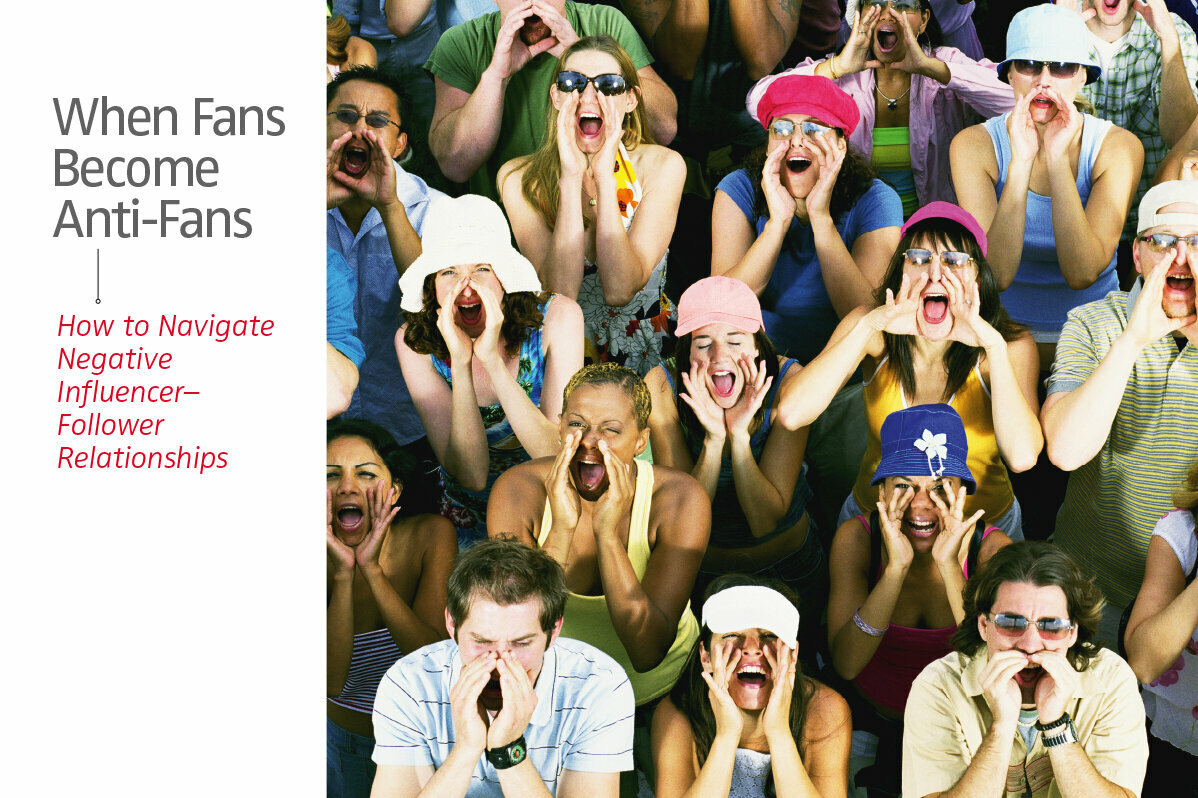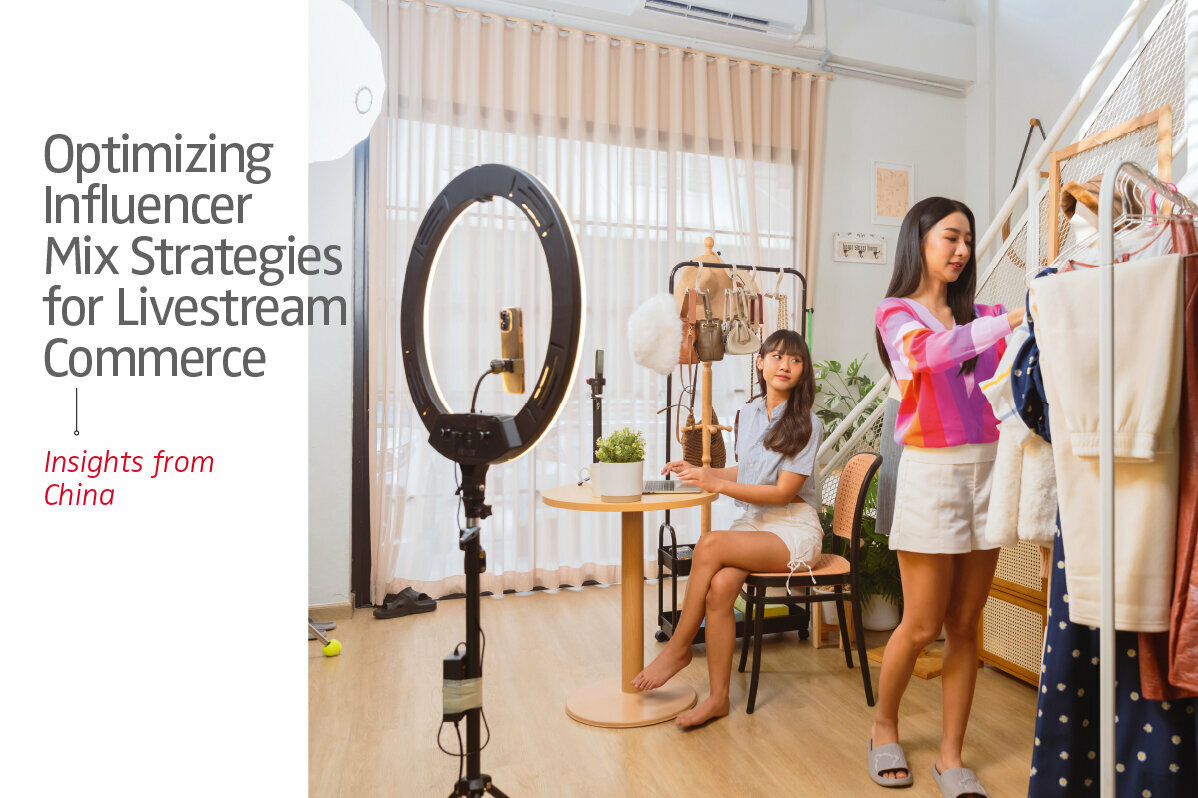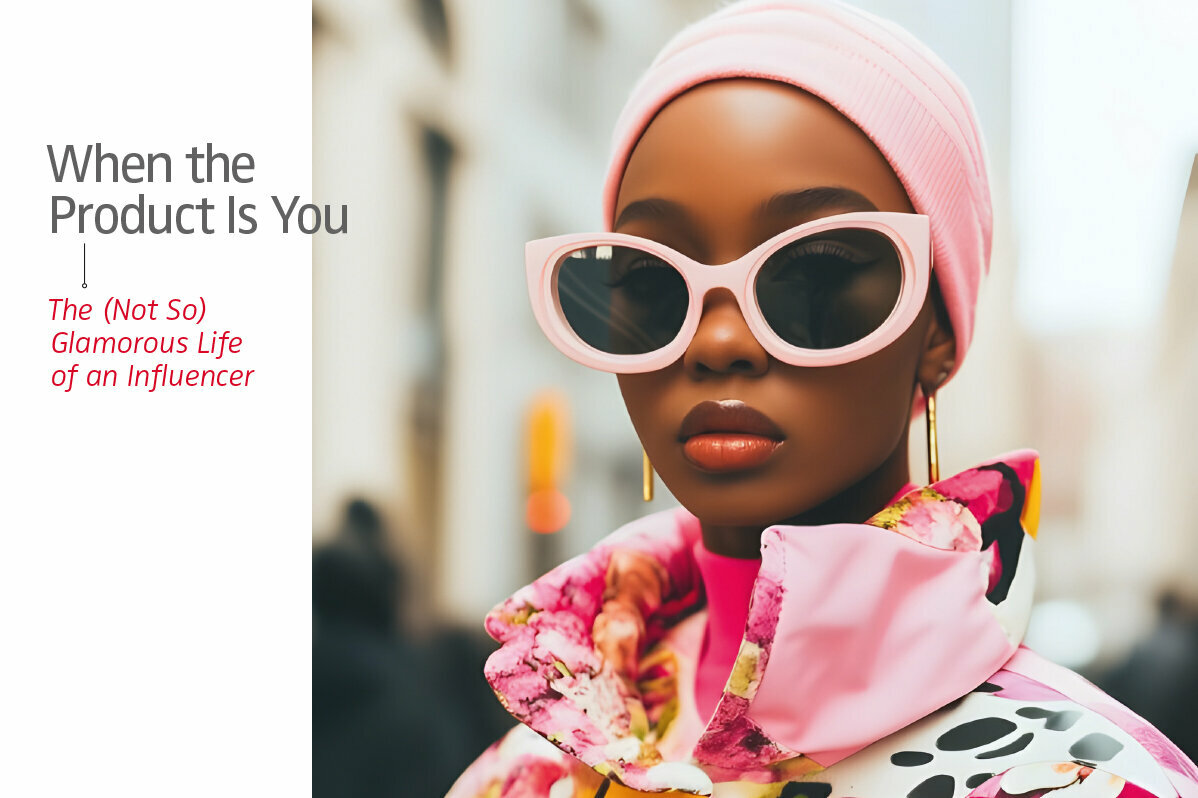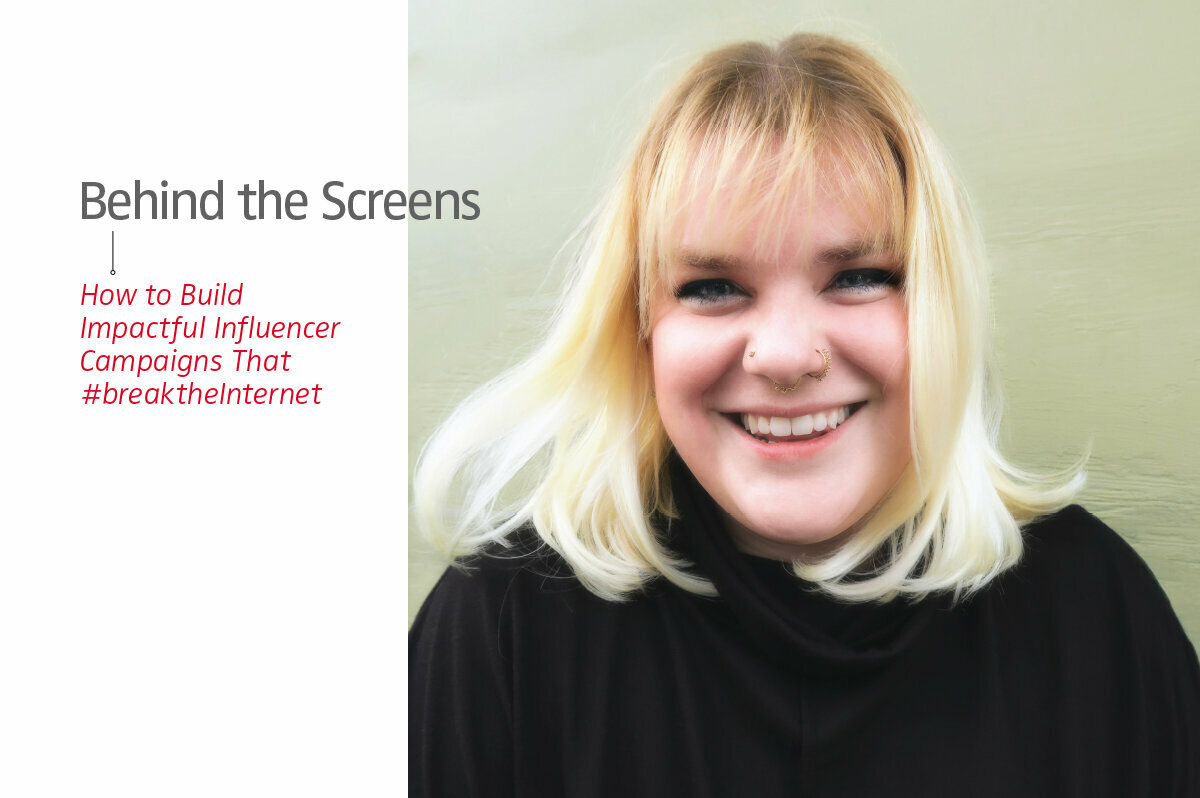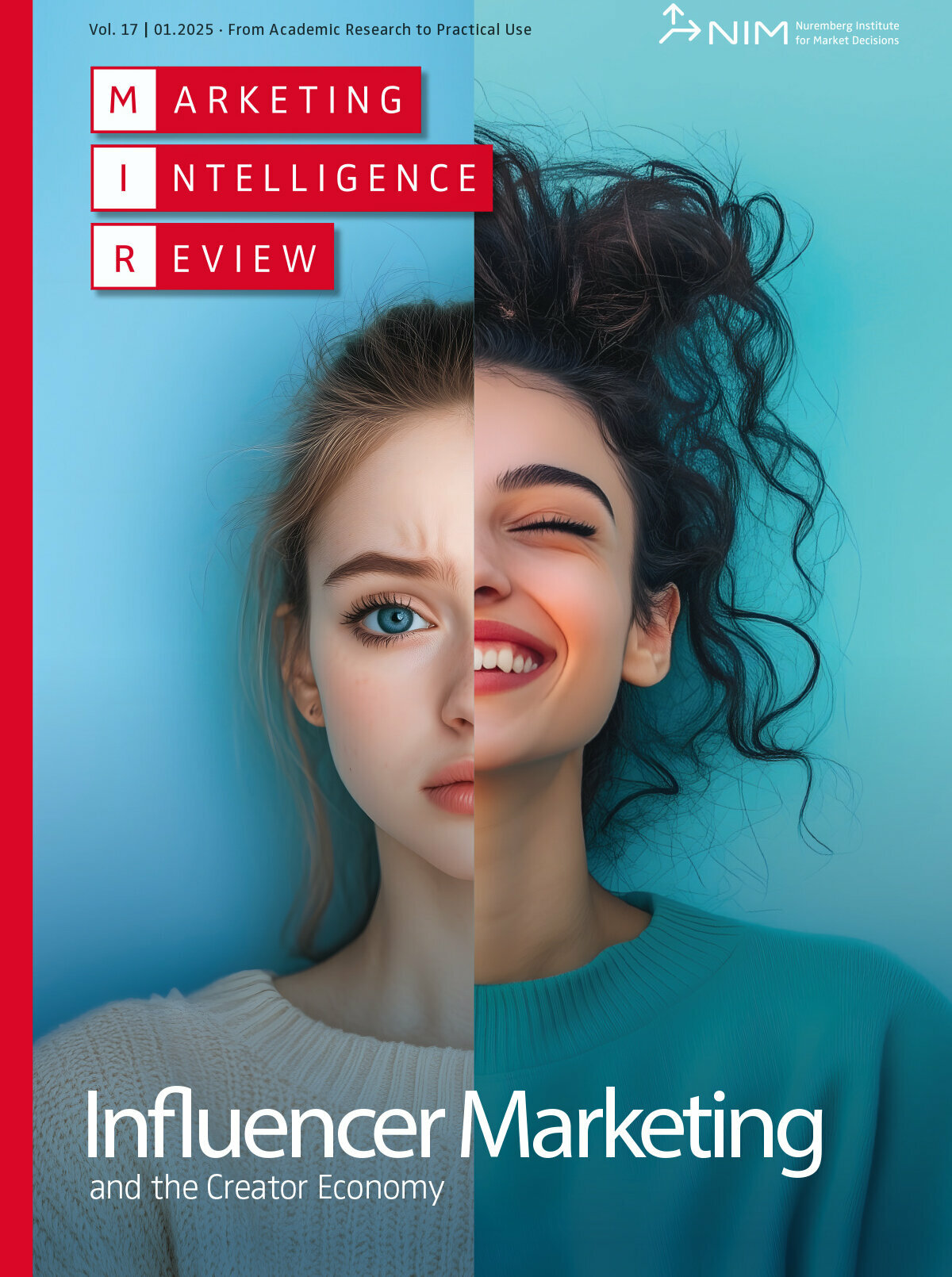Unwanted Social Media Comments? The Tricky Business of Managing Online Hostility in Influencer Marketing
Influencers grow their audience by appearing engaging, sincere and approachable, with many followers viewing influencers as their friends. Consumers expect a relatively intimate exchange and want to be able to express their voice—their thoughts, feelings and feedback. An easy way to express consumer voice is through leaving comments on an influencer’s post. But being approachable means being vulnerable and can come at a personal cost for influencers. At best, follower responses are encouraging, but at worst, they can take extreme forms of cyberbullying with severe detriment to influencers’ mental health. The comment sections on social media attract extreme negativity and vitriol that can be distressing to anyone, not only social media influencers. In fact, several high-profile celebrity and social media influencer suicides around the world have been directly linked to incessant hateful online comments.
In the hopes of increasing social media users’ well-being and increasing safety, social media platforms have introduced a feature that allows users to disable their comments and, consequently, to prevent others from directly sharing their opinions on a post. Increasingly, influencers like Hailey Bieber and Addison Rae have taken their comment sections into their own hands by turning them off entirely, either on specific posts or across their entire account. Given consumer expectations that influencers should be approachable, how might they respond to such a decision? Figure 1 shows the role of consumer voice expression on social media and the effects that disabling comments can have on influencers.
Social media users responded more negatively to an influencer who disabled her comments compared to one who left comments enabled.
Disabling comments can come at a cost
In our research, we took a closer look at consumer reactions to influencers who disable social media comments. We also studied how brands cooperating with such influencers are affected.
> Influencers who disable comments are evaluated more negatively
When influencers disable their comments sections, they effectively cut off consumers’ most accessible method of voice expression. Across a Twitter dataset and six experiments, we found that when influencers disabled their comments, social media users responded negatively. For example, we pulled a set of over 1,000 tweets that referenced how someone had “turned off comments” and compared them to a control set of tweets. We found that tweets containing references to comments that had been turned off contained significantly more negative sentiment. Further, we found that social media users responded more negatively to an influencer who disabled her comments compared to one who left comments enabled, even if the visible comments were overtly negative.
> The negative sentiment is transferred to influencer-brand partnerships
Our research did not just find that consumers view influencers who disable their comments more poorly; we also found that they are less willing to support their influencer–brand partnerships. Specifically, in one experiment, participants were significantly less willing to engage with an influencer’s sponsored brand content when her comments had been turned off as opposed to left on. Similarly, in a follow-up study, participants were less willing to accept a promo code from an influencer who had disabled his comments. This decision was driven by participants’ perceptions that the influencer was less receptive to their voice, and consequently less sincere.
Can negative reactions be avoided?
Given the negative ramifications of disabling comments, an important question remains: How might influencers protect their well-being without jeopardizing their relationship with their followers and undermining their brand endorsements? We found that consumers can be empathetic to an influencer’s need to set boundaries. When an influencer sincerely and transparently communicated a situation that required self-protection, such as enduring a personal loss or expressing the need to prioritize their mental health, consumers were less likely to denigrate the influencer. For example, when an influencer transparently revealed that she needed to take a break for her mental health and reasonably argued the need for self-protection, social media users found her equally likable and persuasive, regardless of whether her comments were enabled or disabled (see Figure 2).
How to enable self-protection without provoking negative follower reactions
Clearly, an influencer’s comments section not only has an impact on how consumers view the influencer but also on how willing they are to support brand partners. How should influencers manage consumers’ needs to express themselves and, relatedly, their own reputation in terms of receptiveness and sincerity, while at the same time maintaining their own mental well-being? How can they prevent harm from brand partners?
When influencers explain why they need to prioritize self-protection, the negative effects of disabling comments can be eliminated.
> Reframing self-protection as a sincere strategy
To the extent possible, influencers should transparently address their need to disable comments prior to doing so. When influencers acknowledge social media’s toll on their mental health and explain why they need to prioritize self-protection, the negative effects of disabling comments can be eliminated. So long as influencers are transparent and make such concerns salient, consumers appear to respect their need to establish some personal boundaries, at least in the short term. However, ultimately, it is the audience, not the influencer, who deems whether the rationale for disabling comments is a valid one. We do not expect social media users to respond fondly to influencers who disable comments to protect themselves from negativity if they had just committed a transgression, like if they had used inflammatory language or acted inconsistently with their stated values.
> Investigating alternative platform design options
Addressing the negativity that is prevalent in comment sections should not be left solely to influencers. Balancing openness and protection should also be addressed by platform providers. While developing a feature that allows users to disable comments is a start, we find that public figures who utilize this feature are penalized. There are additional strategies that social media platforms could consider to address the omnipresent hate speech while also protecting their users from backlash. For example, could better communicating that disabling comments helps protect user well-being mitigate negative reactions toward disabled comments? Currently, different approaches are in use: Twitter specifies that comments have been limited to a select group of users, whereas Facebook specifies that comments have been turned off for everyone. Future research could identify more tactful strategies to communicate a user’s decision to disable comments, possibly generating less aversive reactions. New solutions are of particular importance for users who regularly face online harassment and extreme negativity, including those within the marginalized ethnic groups and LGBTQ+ communities.
It may also be worth exploring other “wellness features” on platforms, such as the ability to hide the number of likes received. Concealing likes could limit unhealthy social comparisons without conveying a lack of receptiveness to consumer voice.
Understanding consumer voice-related effects helps with making informed decisions
Public figures, such as online influencers, face complex decisions at the intersection of mental health and impression management. Despite increasing awareness of the potential harm caused by social media comments, they need to balance their tolerance for negativity with the demands of their profession. It is critical to understand the professional repercussions that influencers can face when they decide to set boundaries with the public, and specifically the perceptions and consequences of disabling the comments section, which is highly valued by consumers to voice their thoughts and feelings. Although disabling comments may limit cyberbullying in the short term and improve influencers’ immediate mental health, the strategy can breed animosity and generate disapproval over time. This seemingly innocuous action can also have important professional ramifications for influencers’ brand partnerships. Global spending on influencer marketing campaigns reached USD 34.1 billion in 2023, according to Statista. Therefore, it is highly relevant to observe whether users form more negative impressions of influencers and whether they are perceived as less persuasive when they attempt to protect themselves. To prevent backlash against disabling comments, communication with users is key. Influencers themselves can raise awareness on mental health issues. Communication can further be supported by newly designed platform features that help safeguard mental health. For brand endorsements, it is important to ensure ongoing communication between influencers and brand partners to discuss potential consequences of influencers’ various online activities.
FURTHER READINGS
Daniels, M. E., & Wu, F. (2024). No comments (from you): Understanding the interpersonal and professional consequences of disabling social media comments. Journal of Marketing, 88(6), 121–139. https://doi.org/10.1177/00222429241252842
Statista (2023). Influencer marketing spending worldwide and in the United States in 2022 and 2023. https://www.statista.com/statistics/1414663/influencer-marketingspending-global-us/



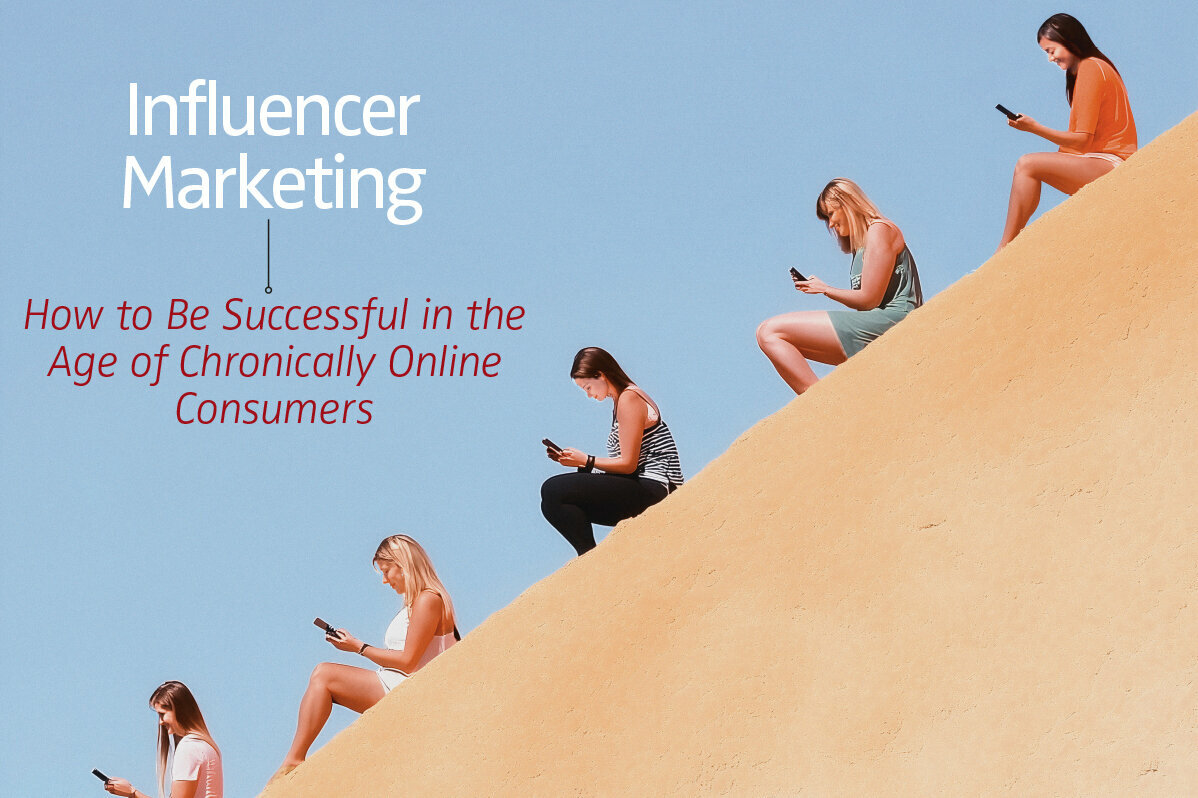
![[Translate to English:] Cover Reosengren ea deutsch](/fileadmin/_processed_/4/8/csm_Startbild_Rosengren_17_1_DE_62e08de5ba.jpg)
